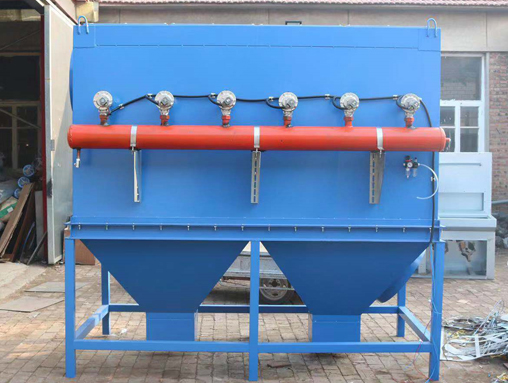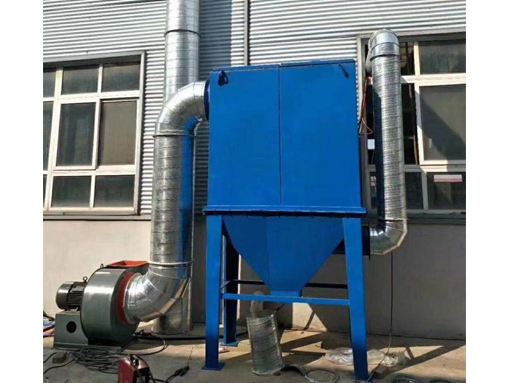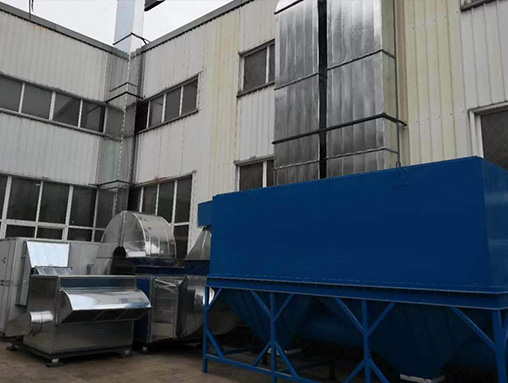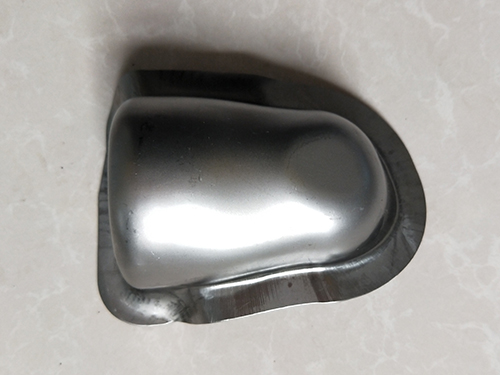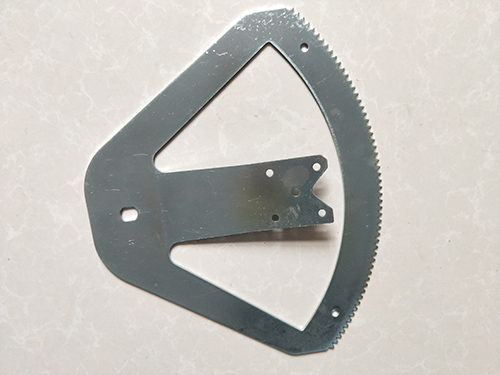The process and characteristics of stamping parts forming
In the process of making a car, it is often the stamping and production of parts, followed by assembly and splicing, so that a car is completed, and automotive hardware stamping parts are produced; It accounts for a large proportion in cars, and most of the parts in cars are stamped parts. However, although automotive stamping parts have many benefits, they also have their own defects, most of which are generated during the forming process. Therefore, we need to conduct a reasonable analysis of the forming and defects of automotive stamping parts in order to facilitate our improvement in the future.
The process of forming stamped parts
Stamping parts for automobiles are formed by cutting sheet metal and using molds to apply pressure, stretching, and other processes to shape and deform ordinary materials, resulting in automotive stamping parts with specific shapes, sizes, and functions. These stamping parts are then assembled into automotive components and play an important role in the structure of the vehicle. These stamped parts include the external and internal structural parts of the car. As the external structural parts are assembled into the exterior of the car, they require not only compressive strength but also aesthetic appearance, without wrinkles, bumps, uneven joints, and protrusions. The internal parts have very high requirements for the quality of the car, which places high demands on the forming of automotive stamped parts.
Characteristics of Stamping Parts Forming
2.1 Good stamping processability
Stamping parts are mostly formed using cold stamping, which is a very common method and has many advantages. For example, under good stamping, many parts that cannot be processed by other methods can be processed. Most of them have very complex shapes or are very small, which other manufacturing methods cannot achieve well.
2.2 Quality
Parts and automotive components made by stamping are generally of high quality because they are processed by machines, so metal stamping parts; It has a high degree of accuracy in terms of size and dimensions, and there will not be a single stamped component with good shape and size. However, the next stamped component is missing arms and legs, and the size does not meet the requirements. The quality is relatively stable and the consistency is high. The stamping parts of cars are mostly made by plastic deformation of metal materials, and ordinary metal materials are stamped into car parts. As a result, all car parts are made of metal materials, and the quality of the car is also improved.
2.3 Components
When stamping metal materials to produce automotive stamping parts, the materials are mostly whole pieces of metal materials. As long as we plan well and use a press for stamping, we can make reasonable use of almost all metal materials, which can avoid material waste caused by manual operation due to the need for re cutting when the cutting size does not meet the requirements. This saves the use of materials, reduces costs and waste, and improves the utilization rate of materials. Moreover, the production efficiency of automotive stamping parts has been improved, and mechanized production is not only economical but also of high quality.
Automotive stamping parts refer to metal stamping parts that make up automotive components. In automotive stamping parts, some parts are directly processed into automotive components after stamping, while others require welding, mechanical processing, painting, and other processes after stamping to become automotive components. There are various types of automotive stamping parts, such as spring trays, spring seats, spring brackets, end caps, covers, compression valve covers, compression valve sleeves, oil seal seats, bottom covers, dust covers, impellers, oil cylinders, support ears, brackets, etc., all of which belong to automotive stamping parts.
Principles for selecting materials for automotive stamping parts:
When selecting materials, first choose metal materials with different mechanical properties based on the type and usage characteristics of the stamped parts, in order to achieve the goal of both product quality and material conservation. Usually, the following principles should be followed when selecting materials for automotive stamping parts:
1. The selected materials should first meet the performance requirements for the use of automotive components;
2. The selected material should have good processability;
3. The selected materials should have good economic viability.
A large number of cold stamping processes are used in the production of automotive stamping parts, which are suitable for the diverse and large-scale production needs of the automotive stamping industry. In medium and heavy-duty vehicles, most of the covering parts such as body panels, as well as some load-bearing and supporting parts such as frames and carriages, are automotive stamped parts. The steel used for cold stamping is mainly steel plates and steel strips, accounting for 72.6% of the total steel consumption of the vehicle. The relationship between cold stamping materials and the production of automotive stamping parts is closely related. The quality of materials not only determines the performance of the product, but also directly affects the process design of automotive stamping parts, affecting the quality, cost, service life, and production organization of the product. Therefore, selecting materials reasonably is an important and complex task.
